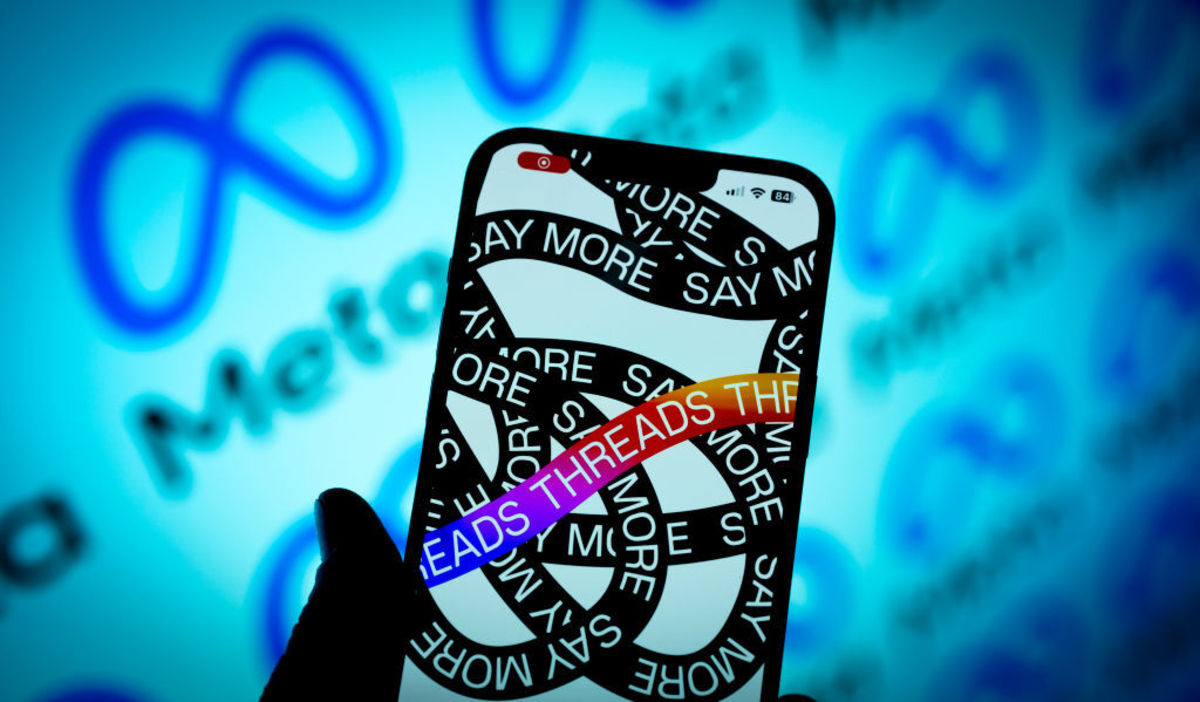How To Use the Instagram Threads App

Instagram Threads: A Faded Experiment in Public Discourse
Instagram Threads, launched in July 2023, was a bold experiment that offered a unique space for public, text-based conversations. This marked a departure from the photo and video-centric experience that Instagram is traditionally known for. Threads, however, ceased to be available as a standalone app on June 12, 2024. While its discontinuation suggests it wasn't a perfect fit for the Instagram user base, it serves as a valuable case study in the evolving landscape of social media and the ongoing quest for meaningful online interactions.
A Look Back at the Threads Experience
Threads aimed to create a more dynamic and community-driven experience compared to the curated feeds on the main Instagram app. Here's a breakdown of what using Threads might have been like for users:
- Open Forums: Unlike private messaging on the main app, Threads was all about fostering public discussions. Users could participate in ongoing conversations, similar to a public forum, and threads could be followed by anyone interested in the topic. This facilitated a more open exchange of ideas and potentially fostered a stronger sense of community around shared interests. Imagine a virtual space where you could discuss the latest scientific discovery with science enthusiasts, debate a recent political event with people of diverse viewpoints, or share your thoughts on a trending social issue with a global audience.
- Beyond Text-Only Interactions: While text was the primary mode of communication, Threads wasn't limited to just plain words. Users could incorporate links, photos, and even short videos (up to 5 minutes) within their threads. This multimedia capability added a layer of engagement and context to the text-driven conversations. Sharing a funny meme to illustrate a point in a discussion or including a quick video snippet to elaborate on a thought could make Threads interactions more interesting and dynamic.
- A Twitter-like Feel: The overall aesthetic and functionality of Threads borrowed elements from Twitter. Users had a feed displaying text-based posts, with the ability to follow profiles and reply to threads they found interesting. This familiarity might have eased users accustomed to the Twitter platform into using Threads. If you were comfortable navigating Twitter threads and participating in discussions there, adapting to Threads wouldn't have been a steep learning curve.
The Security Landscape of Public Conversations
While Threads offered a unique platform for open communication, its reliance on user-generated content presented some potential security challenges. Here's a closer look at both sides of the coin:
- The Openness Paradox: The very nature of Threads, being public and open-ended, meant that users had to be cautious about the information they consumed and the people they interacted with. Just like any platform that relies on user-generated content, there was a risk of encountering inappropriate content, scams, or misleading information. It was important to be discerning about the threads you followed and the information you accepted at face value.
- Mind the Clicks: Malicious actors could have exploited the platform by posting threads containing phishing links designed to steal login credentials or personal information if clicked. It was crucial to be wary of clicking on suspicious links, even if they were shared by someone you know (their account could have been compromised).
- Guarding Your Privacy: Since threads were public by design, anything you posted could be seen by anyone. This meant being mindful of what information you shared and avoiding sensitive topics that could put your privacy at risk. It was advisable to maintain the same level of caution you would exercise on any other public social media platform.
The Legacy of Threads and The Road Ahead
The discontinuation of Instagram Threads doesn't negate the valuable insights it offered. It highlighted user preferences for text-based interactions alongside the challenges of fostering productive and safe public discourse online. Here are some lingering questions and alternative avenues to consider:
- The Future of Public Discourse on Instagram: Perhaps future updates to the main Instagram app might incorporate some of the text-based features that were explored in Threads. Maybe there's a way to strike a balance between the curated feeds and the open forum style discussions, offering users more options for how they want to interact on the platform. Only time will tell if Instagram will revisit the concept of public text-based conversations within the app.
- Exploring Established Alternatives: If you're looking for public, text-based conversations, there are other platforms that offer similar features: * Twitter: This platform is a well-established space for public threads and discussions around various topics. Hashtags can help you discover threads related to your interests, and you can participate in ongoing conversations or start your own. * Reddit: Subreddits on Reddit focus on specific communities and often involve ongoing text-based discussions. Here, you can find communities dedicated to almost any niche interest, allowing you to connect with people who share your passions. * Discord: Primarily used by gamers, Discord also offers public servers for various communities. These servers often haveDiscord (continued): These servers often have text and voice chat features, allowing for more dynamic and interactive conversations.
The choice of platform ultimately depends on your specific needs and preferences. Some platforms might cater more to specific communities or interests, while others might offer a wider range of discussion formats.
Here are some additional takeaways from the Instagram Threads experiment:- The Importance of User Safety: As social media platforms experiment with new features and formats, prioritizing user safety remains paramount. Robust security measures, clear guidelines for content moderation, and promoting digital literacy among users are all crucial in creating a safe and healthy online environment.
- Finding the Balance Between Freedom and Responsibility: Open communication is essential for a healthy society. However, striking a balance between allowing for free expression and preventing the spread of misinformation or harmful content is a complex challenge. Social media platforms have a responsibility to create structures that promote respectful and productive discourse.
- The Power of Communities: A sense of community can be fostered through public discussions, even in online spaces. Platforms that can cultivate a sense of belonging and shared interests can play a positive role in connecting people and facilitating meaningful interactions.
- While Instagram Threads might not have achieved long-term success, it offered a glimpse into the potential for open, text-based conversations within the visual-centric world of Instagram. As social media continues to evolve, it will be interesting to see how platforms adapt to user preferences and navigate the challenges of fostering safe and engaging online communities. Perhaps future iterations will incorporate learnings from Threads, or entirely new platforms will emerge to cater to the growing desire for meaningful public discourse online.

